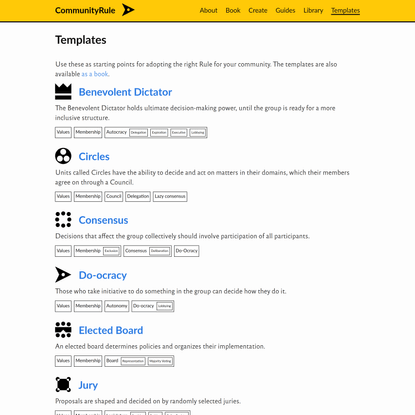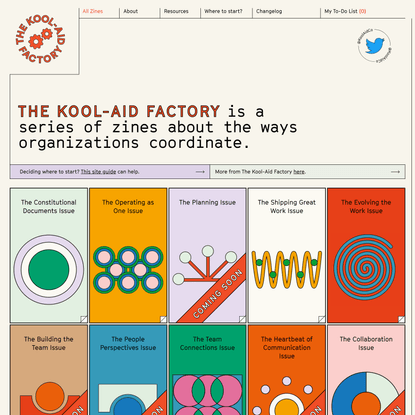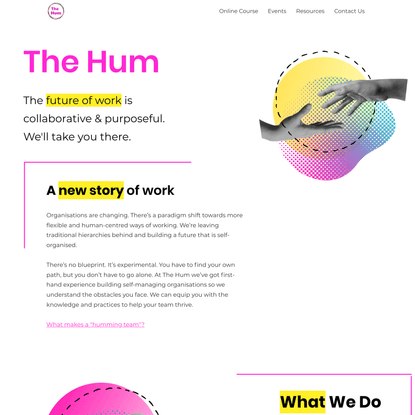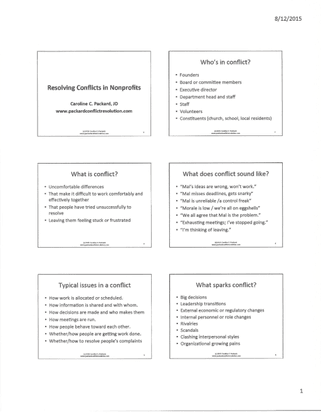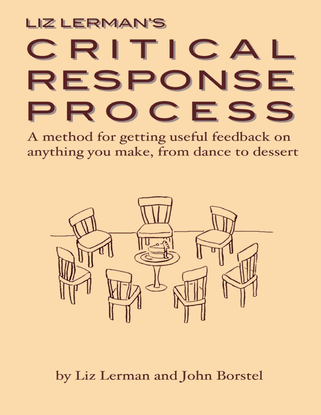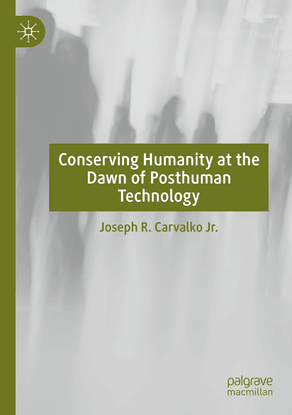Partnering with Students
Why Partner With Students?
There is a growing body of literature on the benefits for both faculty and students of reframing our educational relationships from the traditional power dynamic of Instructor as sole authority to Instructor as mentor or partner.1 In this moment, partnering with our students is the most important first step we can take towards preparing ourselves to teach in the wake of the AI disruption.
URGENT REASONS TO PARTNER WITH YOUR STUDENTS
We are all novice learners when it comes to generative AI technology and its impact on the courses we teach.
Teaching students how to learn by modeling our learning is not just a beneficial practice, it is essential.
Our students will need to understand how to use AI tools to remain competitive in their chosen fields.
Collaborating with students to understand how AI tools impact their learning instead of trying to police their usage will help us make our courses immediately relevant even if our assessments and traditional assignments are slow to evolve.
Many of our students will be experiencing multiple learning environments where AI tools are used in different ways. If we take the time to ask, we can learn from them what is working in other courses and what to avoid, thus leveling up our courses by leveraging our campus communities.
Advantages of Partnering with Students on AI Tools
Collaboration and Empowerment
Students take an active role in their learning when we elevate their role from passive subjects to equal partners.
Engagement and Motivation
In a partnership, both parties accept responsibility for their roles and honor the autonomy of the other, fostering mutual engagement and motivation
Guiding Approaches that Maximize Learning
By partnering with students to get frequent feedback throughout the course, faculty can fine-tune their teaching strategies to better align with students' learning needs and preferences.
Improved Learning Outcomes
The following practices contribute to a course where learning outcomes respond not only to accreditation and curriculum requirements but also to the needs of the actual students you teach.
Creation of Positive Learning Environment
Partnering with students helps create a more inclusive and equitable learning environment, fostering a sense of community and mutual respect.
Scenario 1: Rewrite an Assignment
Invite students to partner with you to rewrite an assignment for future classes that articulates an ethical and productive approach to using AI tools to complete the assignment. Ask them to consider the impact of AI on fairness and academic honesty.
Scenario 2: Anonymous Survey
Ask students to share their thoughts and feelings about AI tools with you via an anonymous survey. Summarize their responses and follow up with a large group discussion in class (or discussion forum in Canvas).
Scenario 3: Research and Report
Ask students to research and report to the class (in class or asynchronously via Canvas) on the impact of the AI Disruption on the discipline you teach or their own major or profession of choice.
REFLECTION: AS YOU MOVE FORWARD...
As the activity above suggests, what a partnership looks like can differ dramatically based on the students, course level, and your personal attributes as the instructor. However, there are some fundamental steps to take to get started no matter where you plan or hope to end up. In Module 5 you will learn specific techniques to get feedback from, and partner with, your students in the context of redesigning coursework and assessments, but the most important first step is to reflect on what you actually would like to know about your students and their experience of your course and what you need to know about the capabilities of AI tools as they relate to your course SLOs.
Shows people thinking about three questions. The questions goes as follows: Are my students even aware of or using AI tools yet?, Can a AI tool pass my course?, and How will AI impact student majoring in my discipline in the short or long term?
